Contents
Varicose Veins and How to Prevent Them
We tend to believe that some events are reserved for advanced age, but that’s not necessarily the case. New, modern way of life brought us many benefits, but a lot of downsides as well.
Working tirelessly and sitting for so many hours, not having enough time to care for proper nutrition and exercising, lead to many negative effects, varicose veins being one of them.
What Are Varicose Veins?
Varicose veins are swollen and enlarged veins. Any vein that is close to the skin’s surface (superficial) can become varicose.
Varicose veins most commonly affect the veins in the legs. That’s because standing and walking increase the pressure in the veins of the lower body. Spider veins are similar to varicose veins, but they’re smaller.
Spider veins are found closer to the skin’s surface and are often red or blue. Spider veins occur on the legs but can also be found on the face. They vary in size and often look like a spider’s web.

Pictured: Spider Veins
Signs of Varicose Veins
If your veins appear to be dark purple or blue and they appear twisted and bulging, often appearing like cords on the legs, you might be dealing with varicose veins.
- When painful signs and symptoms of varicose veins occur, they might include:
- An achy or heavy feeling in the legs
- Burning, throbbing, muscle cramping and swelling in the lower legs
- Worsened pain after sitting or standing for a long time
- Itching around one or more of the veins
- Changes in skin color around a varicose vein

Pictured: Varicose Veins
What Causes Varicose Veins
Weak or damaged valves can lead to varicose veins. Arteries carry blood from the heart to the rest of the body. Veins return blood from the rest of the body to the heart. To return blood to the heart, the veins in the legs must work against gravity.
Muscle contractions in the lower legs act as pumps, and elastic vein walls help blood return to the heart. Tiny valves in the veins open as blood flows toward the heart, then close to stop blood from flowing backward. If these valves are weak or damaged, blood can flow backward and pool in the veins, causing the veins to stretch or twist.
Risk Factors
The risk of developing varicose veins can be higher due to: age, sex, pregnancy, obesity, family history and standing or sitting for long periods of time.
Aging causes wear and tear on the valves in the veins that help control blood flow. What happens is that, at some point, the wear causes the valves to allow some blood to flow back into the veins, where it collects. Women are more likely to develop varicose veins.
Hormonal changes are to be blamed of course, as female hormones tend to relax vein walls. Hormone treatments, such as birth control pills, might increase the risk of varicose veins. Then there is pregnancy, when the blood volume in the body increases. This change supports the growing baby but can also enlarge the veins in the legs.
Being overweight puts added pressure on veins and that’s why obesity is also a risk factor. If other family members had varicose veins, there’s a greater chance you will too.

Pictured: Varicose Veins and Normal Veins
Prevention
Improving blood flow and muscle tone might reduce the risk of developing varicose veins. The same measures that treat the discomfort from varicose veins can help prevent them. This is what can be done:
– band tight hosiery
– Stretch and exercise
– Changing your sitting or standing position regularly
– Eating a high-fiber, low-salt diet
– Exercising
– Raising your legs when sitting or lying down
– Watching your weight
– Increase water consumption
– Wear compression stockings
Exercise for Varicose Veins
Swimming and aquatic therapy can provide low-impact cardiovascular exercise that will help improve your circulation. Swimming is often cited as being one of the best exercises for people with varicose veins as it doesn’t put too much strain on your legs. Walking, cycling and yoga are on the list of activities that are suitable for varicose veins prevention and therapy.
As we know very well, prevention is the best cure, hence invest your efforts today to create a better tomorrow.


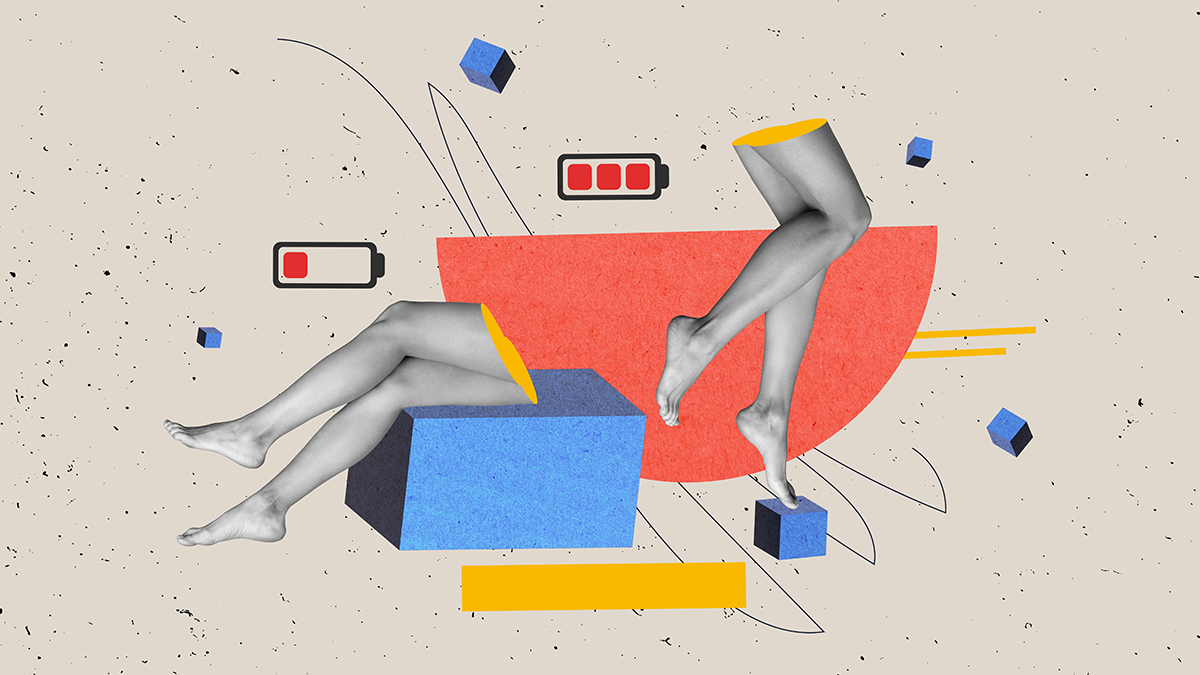


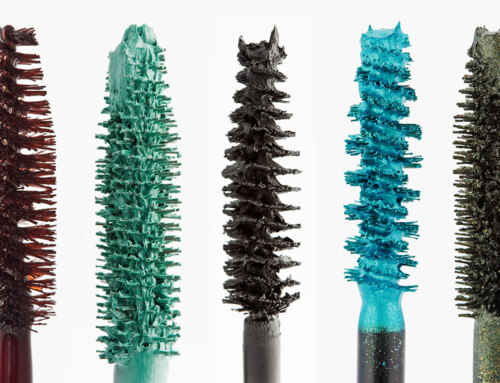
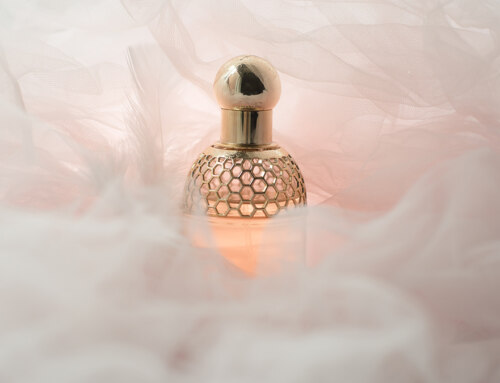
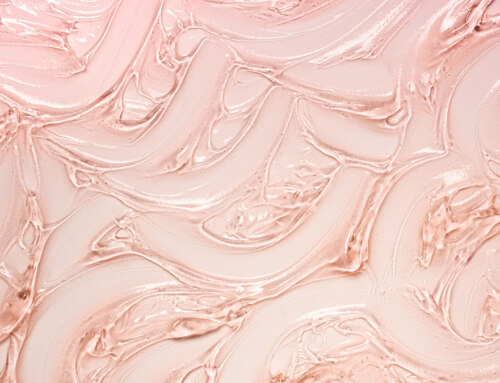
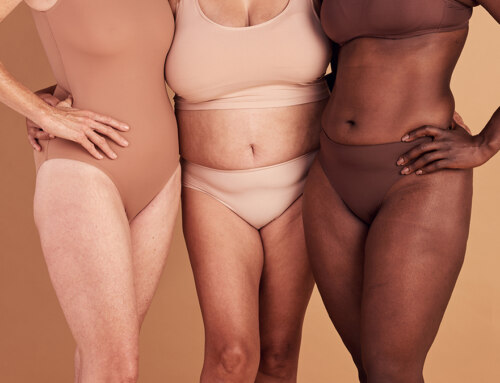
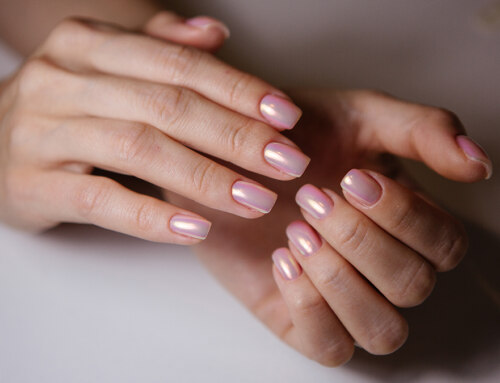

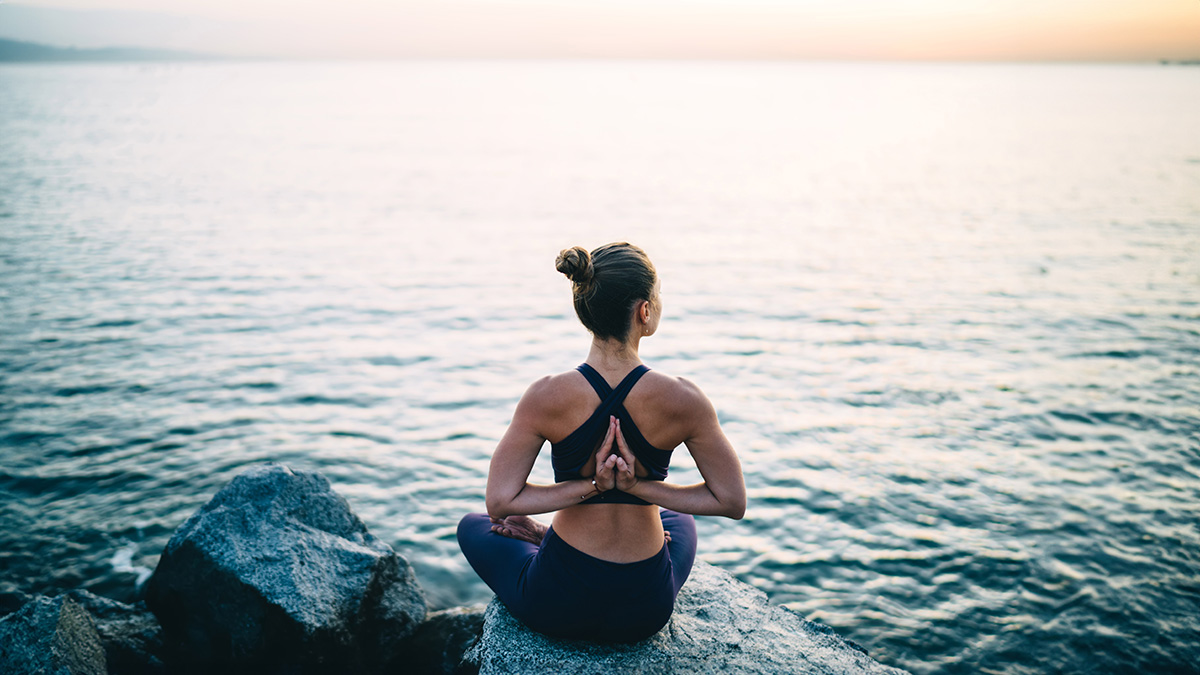

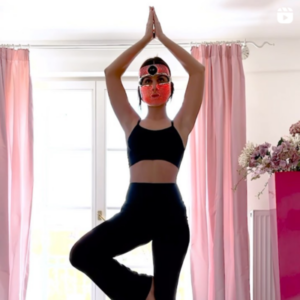
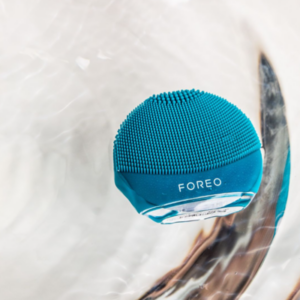
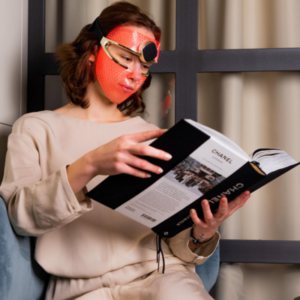
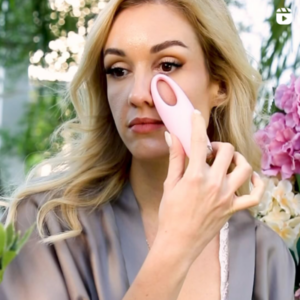
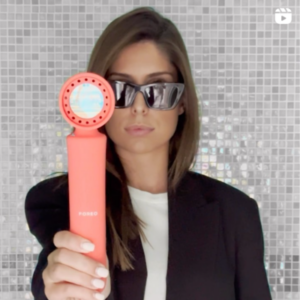
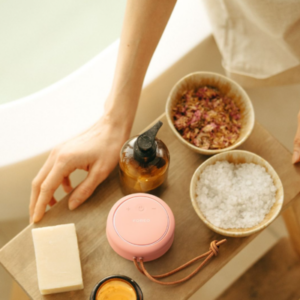
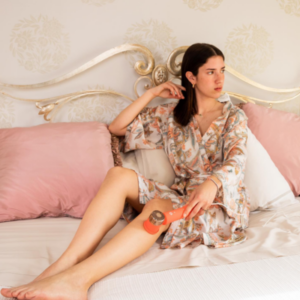
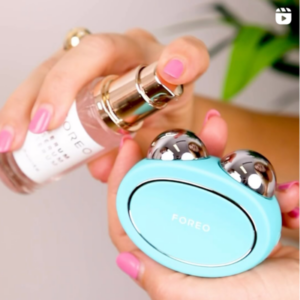
Leave A Comment